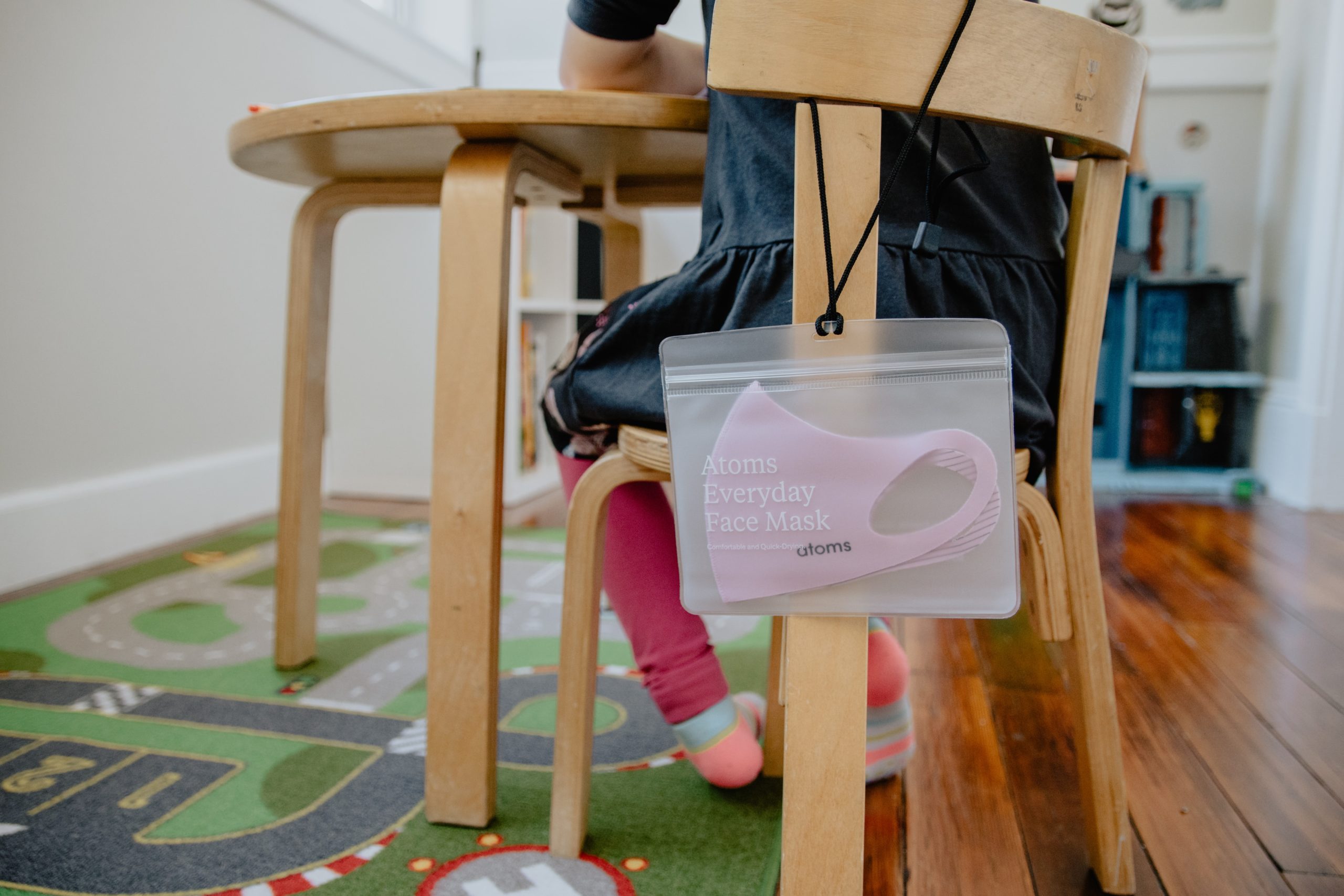Public Education In The COVID-19 Era
The Ministry of Education has published detailed guidelines for a “safe” return to school amidst the COVID-19 pandemic. Aside from hygienic measures like masks, handwashing, and increased cleaning, the main difference is physical distancing such as cohorts — students attending classes with only each other with the intention of decreasing the number of students that are coming in direct or indirect contact with one another. Larger high schools have a rotating schedule of online and in-person instruction to expand these efforts. Other physical distancing measures like using larger spaces for classrooms, staggered bells, maximizing entrance/exit usage, and marked routes are suggested to limit chances of exposure. The Ontario government pledged $1.3 billion towards opening schools safely, alongside a maximum of over $763 million from the federal government. Even so, under COVID-19, the long-standing financial cracks at the foundation of our public school system are becoming more and more clear.
Cuts Today, COVID Tomorrow
When Conservative Doug Ford was elected as premier of Ontario in June 2018, changes to public education policies were introduced within the year, including upping class sizes and expanding online learning. These proposals were met with fierce contestation from teachers, parents, and students alike. However, Ontario’s public education was suffering long before Premier Ford’s leadership came into effect. In 1997, former Conservative premier Mark Harris completely overhauled Ontario’s education system with Bill 160. Previously, public education was funded through both provincial provisions and income taxes levied by individual school boards, allowing boards to address the unique demands of their students; with Bill 160, funding became top-down, decided by the government and in many cases incongruent with the needs on the ground. Canadian Centre for Policy Alternatives researcher Hugh Mackenzie emphasized in The Local that “pretty much anything that a school board did that didn’t involve a teacher standing in front of 30 students and writing on a blackboard was not funded.” The Local cites that, while other aspects of the bill were repealed or modified, subsequent governments did not address this core funding formula, which, according to People for Education, is based off of mandated average class sizes and pupil enrollment. Boards receive additional funding from special purpose grants, which include language programs, Indigenous education, special education, and more; these are decided by separate formulas, based on data points. “All of the weaknesses in the formula, the inadequate funding for technology, the inadequate funding for supports for teachers, the inadequate funding for issues that are raised by students at risk, all of those things were left in place,” Mackenzie told The Local, “What we walk into the world of COVID-19 with is significantly more students at significantly greater risk with no funding for it.”
As perhaps anticipated, funding remained at the centre of many of the conflicts surrounding public school reopening plans. For instance, the Government rejected the Toronto District School Board’s (TDSB) initial return to school plan that reduced elementary class sizes, requiring hiring 200 additional teachers at $20 million, and shortened their school days for physical distancing. Toronto Public Health warned that maintaining class sizes will reduce the ability to safely social distance. The provinces’ four main teachers’ unions took the government to the labour board over the health and safety risks of their reopening plans, including the lack of funding for reduced class sizes. The Board refused to hear their case.
There have been 7,349 school confirmed staff or student COVID-19 cases in Ontario: Toronto Catholic District School Board (TCDSB) makes up 827 of these cases, along with TDSB’s 1409.
The Public-Private Divide
At face value, the contagious nature of COVID-19 transcends boundaries of class, gender, race, et cetera. Functionally, of course, this could not be further from the truth. As schools prepared to reopen in September 2020, CTV News covered the ways in which private schools across the country were able to invest in extra safety measures like outdoor tents, plexiglass barriers, air purifying systems, and extra cleaning, in some cases adding up to tens of thousands. Moreover, many private schools already boast small class sizes, making the transition to cohorting much easier. According to People For Education director Annie Kidder, it would take billions for public schools to match such measures, significantly less than the relief funds they were given by the government.
These COVID-19 related difficulties have highlighted fears of the privatization of Ontario’s education system. Over 5500 students were reported to have left the TDSB board alone at the start of the year, whether that be because of a switch to private school, homeschooling, or moving from the region. These fears exist within a system where public-school funding is largely decided by enrolment: if those with the means leave public boards for private schools because of inadequate resources, the resources available in the public system would decrease even more, creating a vicious cycle and leaving lower income students stuck with a deteriorating quality of education and student life.
